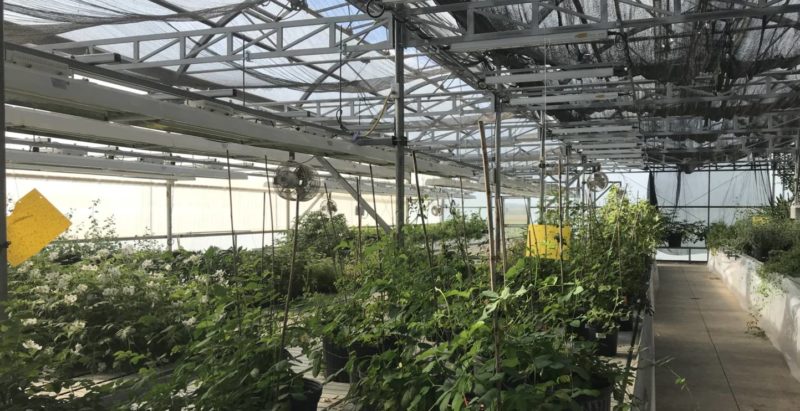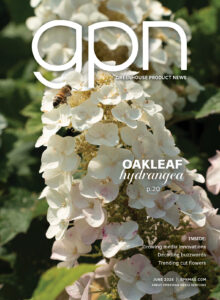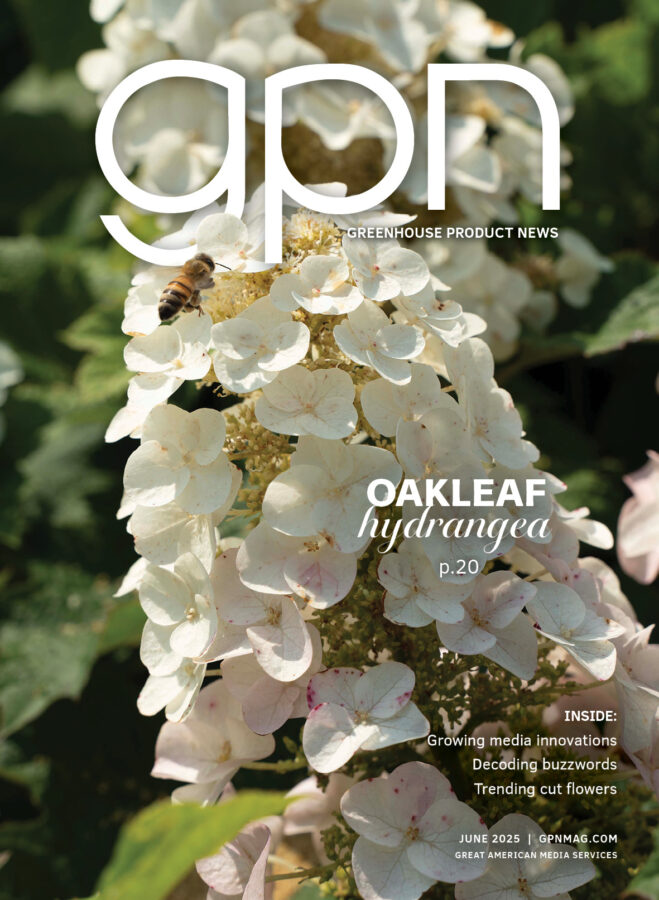
Using AI to Maximize Yield and Efficiency
As the United States continues to grapple with COVID-19, existing challenges within the food industry have become even more apparent. More than $160 billion worth of food is wasted each year; over 20 million people in America live in a food desert and lack access to quality, nutritious food; and the workforce that is most crucial to our domestic food production is aging — 65% of growers are above the age of 55.
Artificial Intelligence (AI), the ability of technology to replicate human sensing and thinking, is beginning to play an important role in the food industry. Machine vision — the ability of machines to interpret visual images and learn from them — is an application of AI. Also known as computer vision, it will be impactful in reducing food waste, increasing food accessibility and augmenting skilled labor across the value chain.
By leveraging computer vision in controlled environment agriculture (CEA), growers can detect and address issues ahead of time, predict yields and reduce shrink, as well as optimize space and resources to maximize output and improve recipes.
AI FOR PEST AND DISEASE DETECTION
AI can help growers detect problems with crops throughout the growing cycle. The treatment or removal of diseased crops is required in any operation, outdoor or CEA. When a grower sees a sticky card covered in pests or notices an anomaly in a crop such as damage, spots, chlorosis or some other malady, they adjust controls or remove plants to address the issue.
Unfortunately, manual pest and disease detection is only as accurate as the human eye and memory, and takes hours of time each week.
Today, there are AI programs that provide disease and pest detection and alerts on regular, frequent intervals. iUNU, a Seattle-based company, operates an optical scanner system called LUNA that continuously collects imagery in greenhouses and analyzes visual data from growth cycles. The software is able to understand what healthy crops look like and notify growers when problems appear.
As the system sees more images, it learns. Not only can it detect an issue, but it can also diagnose the problem — whether it is thrips, aphids, powdery mildew or other potential damage. It can also help provide recommendations and record information to improve recipes in future cycles. Cameras pick up details and day to day changes unseen by the human eye, so diseases are flagged faster, giving growers the time they need to find and fix problems.
When growers trust AI with pest and disease detection, they also become more efficient with their time, eliminating hours spent on “crop walks” checking on plants, and reducing possible transmission of such pests between facilities.
AI FOR YIELD PREDICTION
AI can also drastically improve yield predictions. Accurate forecasting is a crucial component of running a farm or greenhouse, as it directly affects the ability to presell overage. If there’s a surplus of product and not enough demand, profits shrink and food waste increases.
Manual yield prediction is often imprecise and inaccurate, despite notebooks full of recipes, Excel spreadsheets, and years of knowledge and experience. Although growers have refined the ability to offer highly calculated guesses based on prior crops and similar conditions, the margin of error is significant. Halfway through a growth cycle, yield predictions can be overestimated or underestimated by up to 30%.
Improved yield prediction is now possible due to predictive technology and AI. Just as a machine can be taught to detect pests and pathogens more accurately with more data, machine learning software can remember yields from prior harvests, and improve forecasting accuracy over time by making visual comparisons to prior growth cycles.
“LUNA’s yield forecasting changes the game for growers,” says Adam Greenberg, CEO of iUNU. “We are able to predict yields with three times more accuracy half way through the growth cycle.”
The added time allows organizations to presell expected inventory or surplus and minimize waste.
AI FOR SPACE AND RESOURCE UTILIZATION
Another benefit of AI is the optimization of real estate and inputs within facilities. For instance, computer vision can ensure that light is not wasted by recognizing foliage gaps and presenting opportunities to maximize space utilization.
Space utilization issues resulting from manual observation and planning can cost
organizations up to 10% of potential added revenue — even two additional plants per bench would make a significant difference for a crop that turns six times per year.
Computer vision AI has a detailed memory. It can see how plants change on a day-to-day basis and how certain crop cycles compare to others. As growers change their recipes, macro and minute changes are recorded and measured, not only over time, but also against previous yields at the same stage of a current crop cycle. When certain plants are underperforming, growers have enough time to make changes before a harvest to optimize the space for profit.
FUELING THE GROWTH BOOM IN CEA
Computer vision can help CEA with pest and disease detection, accurate yield forecasting and the maximization of space utility. With big box customers driving prices down and the cost of labor continuing to increase, growers will soon rely on the increased growth and predictability that precision farming brings so that CEA can function as reliably as manufacturing.
Not only is AI becoming an economic necessity, but it also promises to support a positive shift in the food industry. With increased revenue and efficiency, indoor facilities maximize sales and minimize shrink. With increased profit they can also build closer to urban areas and increase the accessibility of locally grown, healthy food for consumers. Finally, with a reduced reliance on manual or repetitive labor, as well as recorded tribal knowledge, recipes can be optimized and resource utilization right-sized for generations to come.
“AI will drive it all,” says Gabriel Youtsey, chief innovation officer at University of California, Agriculture and Natural Resources. “On the production side, the goal is trying to control and understand all the environmental factors that will help empower the plant itself. Using AI, over time we will get very good at learning what the plant needs and when it needs it, so the plant can give us the yield and quality factors that we are looking for. At the end of the day I think it will be crop quality, nutrition, sustainability and yield all together.”









 Video Library
Video Library 


















